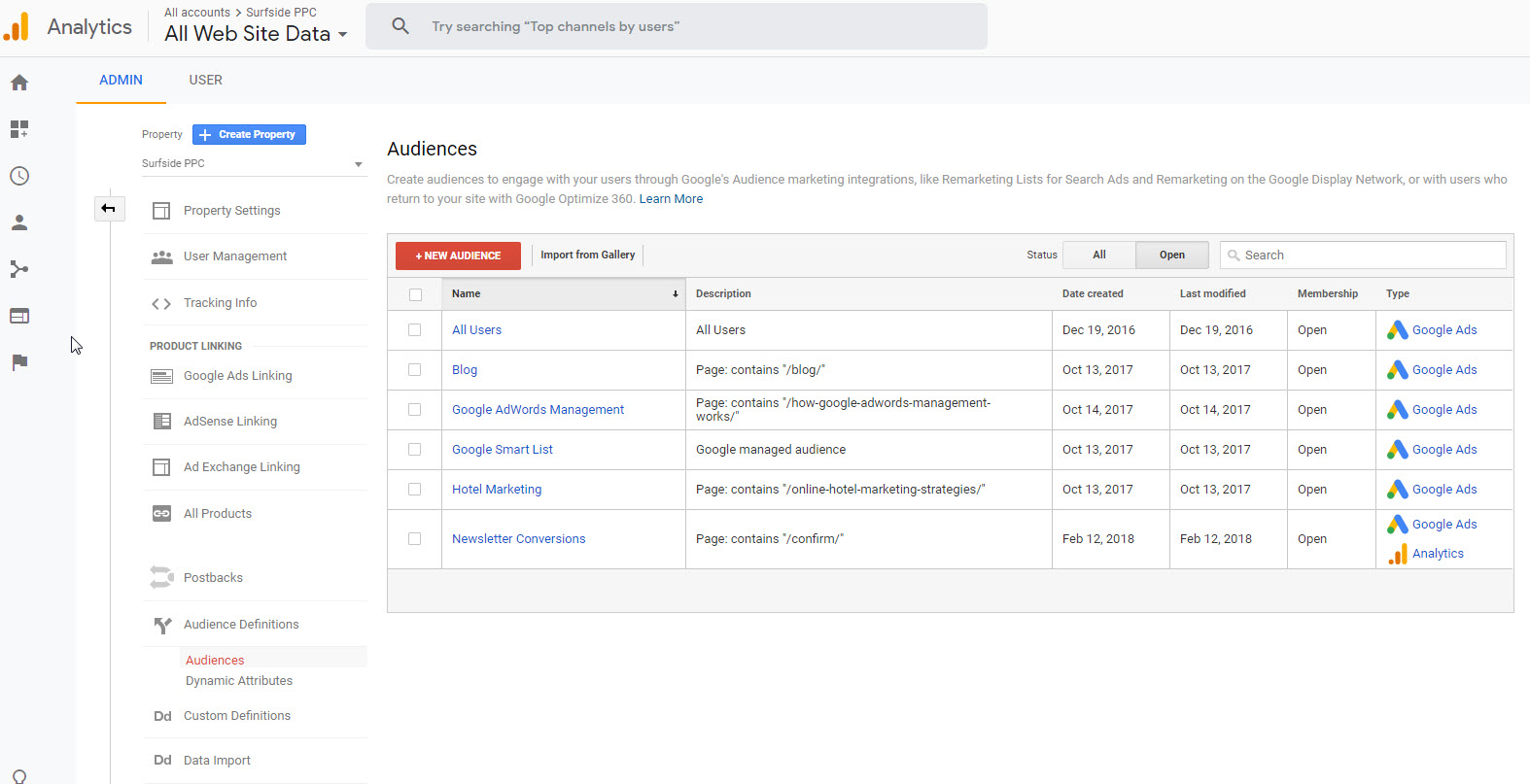Optimize Your ROI With Remarketing in Google Analytics
In the world of electronic marketing, the application of remarketing approaches within Google Analytics has proven to be a potent tool for enhancing return on financial investment. By taking advantage of the power of customer information and customizing advertisements to certain audience segments, services can dramatically magnify their conversion prices. The actual crucial lies in the art of precision - understanding user habits, crafting compelling advertisements, and constantly refining strategies to drive optimum results. The journey to making best use of ROI via remarketing is a nuanced path led with understandings and opportunities that can improve the trajectory of your advertising and marketing ventures.
Understanding Remarketing in Google Analytics
Recognizing remarketing in Google Analytics is vital for optimizing your electronic advertising approach. Remarketing allows you to target customers who have formerly visited your internet site or communicated with your application, presenting them with customized ads as they browse other websites or use other applications within the Google Display Network. This technique helps maintain your brand name top of mind and encourages users to return to your website, inevitably boosting the likelihood of conversion.
By making use of Google Analytics, you can track the performance of your remarketing campaigns, getting important understandings right into customer behavior, interaction, and conversions. This information allows you to refine your targeting, messaging, and bidding methods to boost the overall effectiveness of your campaigns.
In addition, recognizing the various kinds of remarketing checklists readily available in Google Analytics, such as conventional, vibrant, and comparable target markets, enables you to create highly fractional and individualized projects tailored to particular individual sections. This level of granularity can substantially improve the significance and impact of your remarketing initiatives, ultimately optimizing your roi.
Setting Up Remarketing Listings
To properly implement remarketing projects in Google Analytics, the first action includes setting up and developing remarketing checklists targeting particular user sectors based upon their interactions with your internet site or application. By establishing remarketing lists, you can customize your marketing initiatives to reach users who have currently revealed interest in your services or products.
To start, navigate to the Admin area of your Google Analytics account and choose the Building where you intend to create the remarketing listing. Under the Residential property column, click on 'Target market Definitions' and choose 'Audiences.' Next off, click the red 'New Audience' button and select 'Develop New' to define the specifications for your remarketing list.

Crafting Efficient Remarketing Advertisements

When crafting your advertisements, focus on creating eye-catching headings and engaging visuals that stand apart to prospective customers. Incorporate strong calls-to-action that motivate customers to review your site and finish a desired activity. Use dynamic remarketing to reveal personalized ads featuring product and services that individuals have actually formerly checked out on your site.
In addition, ensure that your ads are mobile-friendly given that a substantial part of web traffic originates from mobile gadgets. Examination different advertisement variations to recognize which messages and layouts drive the most effective outcomes. By continually refining and optimizing your remarketing advertisements based upon performance information, you can optimize their effectiveness and enhance your return on financial investment.
Analyzing Remarketing Performance

With Google Analytics, online marketers can track the performance of their remarketing projects in real-time, allowing them to determine patterns, patterns, and areas for improvement promptly. By analyzing the information, online marketers can identify which advertisements are executing well, which target market sectors are reacting positively, and which networks are driving the most conversions. This level of granularity makes it possible for marketers to make data-driven choices to enhance their remarketing campaigns for far better outcomes.
Maximizing ROI With Remarketing
Assessing remarketing data in Google Analytics enables marketers to pinpoint opportunities for enhancing return on financial investment (ROI) with strategic modifications - What Is “Remarketing” In Google Analytics?. To make the most of ROI with remarketing, it is critical to comprehend the habits of your target market. By assessing customer communications, such as the pages they went to, the products they saw, or the actions they tackled your website, you can customize your remarketing campaigns more effectively
Segmenting your target market based on their habits allows you to develop individualized and targeted advertisements that are more probable to resonate with them. By revealing relevant ads to specific sections find here of your target market, you can enhance the chances of conversion and ultimately boost your ROI.
Additionally, evaluating various Recommended Reading ad creatives, messaging, and offers can help recognize what reverberates best with your audience. A/B screening enables you to trying out different elements of your ads to identify what drives the highest involvement and conversion prices.
Verdict
Finally, taking full advantage of ROI with remarketing in Google Analytics calls for a strategic approach to analyzing customer actions, segmenting audiences, developing customized ads, and enhancing campaign performance. By leveraging data-driven understandings and examining various techniques, services can boost their remarketing initiatives to drive higher interaction and conversion prices. This organized approach guarantees that sources are successfully allocated in the direction of making best use of returns on financial investment in remarketing projects.
Next off, click on the red 'New Audience' switch and select 'Develop New' to specify the specifications for your remarketing listing.
By continually refining and enhancing your remarketing ads based on performance data, you can maximize their effectiveness and boost your return on investment.
By delving into these understandings, marketers can acquire an extensive understanding of exactly how their remarketing initiatives are reverberating with their target audience and driving conversions. To optimize ROI with remarketing, it is critical to recognize the behavior of your audience.In final thought, making the most of ROI with remarketing in Google Analytics needs a calculated approach to assessing user habits, segmenting audiences, developing customized advertisements, and enhancing project efficiency.